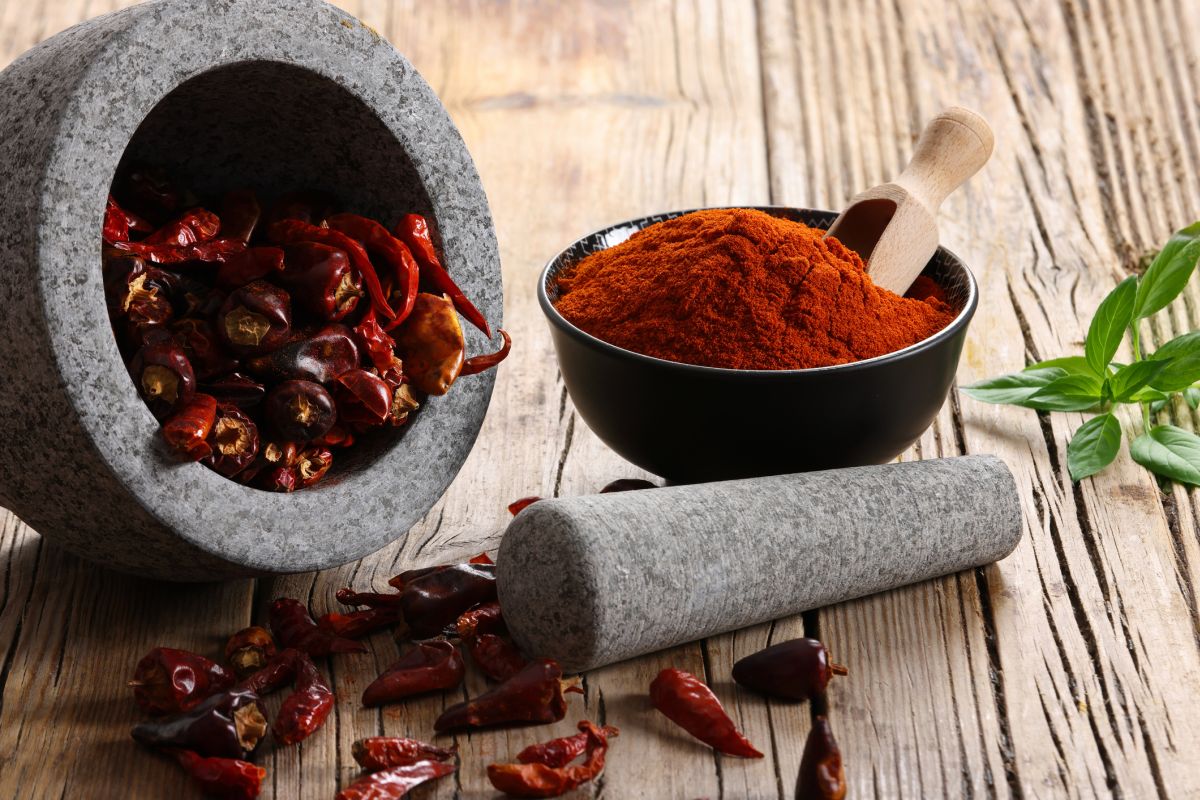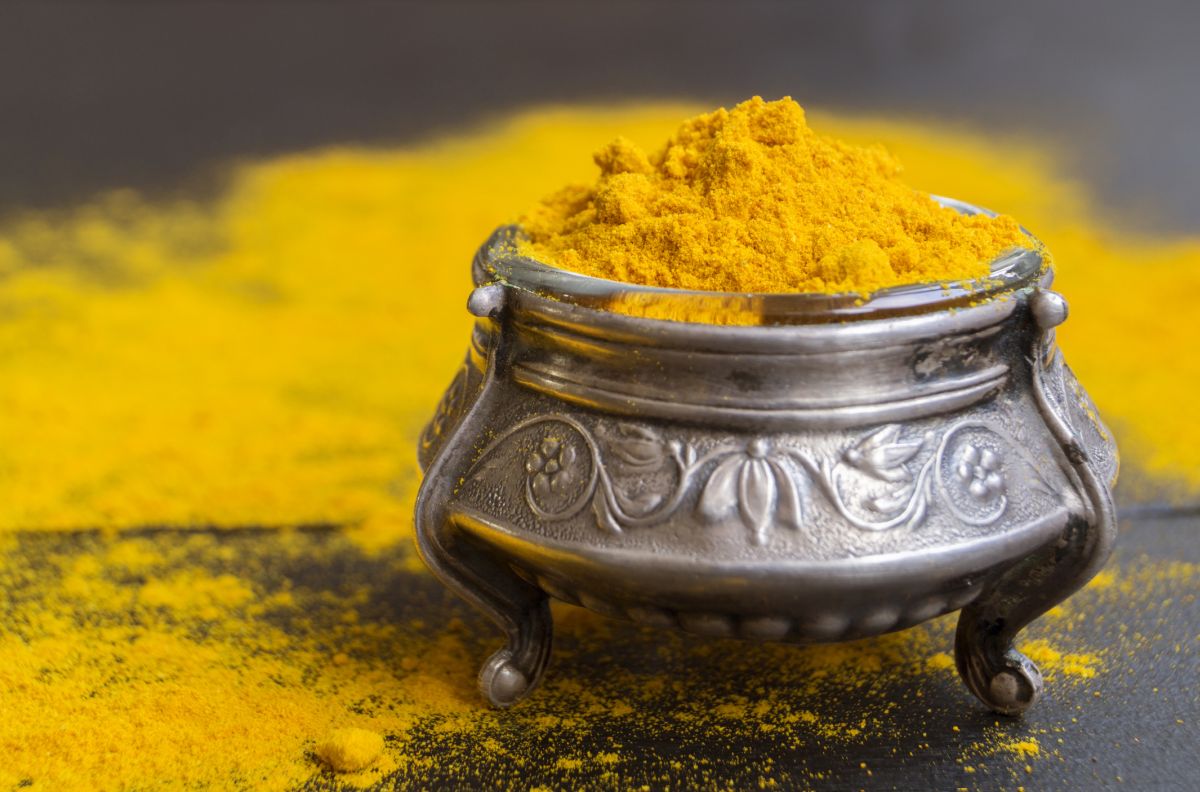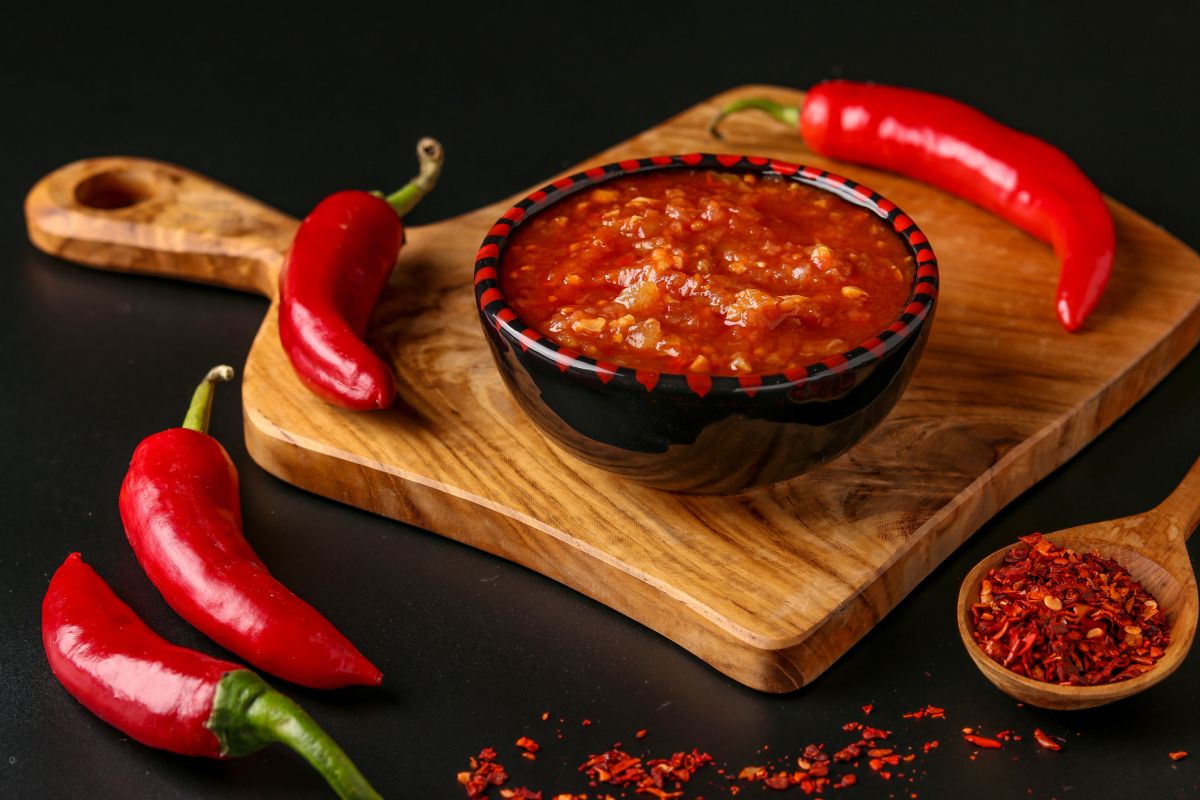You may need a chili powder substitute if you have a dietary restriction, can’t find the exact chili powder that you need, don’t like the taste of chili, or you simply don’t have any in your pantry. Fortunately, there are a few alternatives that will be able to replicate the classic taste of chili powder and add some heat to your dish.
What is Chili Powder?
Chili powder is a common spice blend used in many cuisines around the world, particularly in Mexican and Southwestern dishes. It is typically made from dried chili peppers that have been ground into a powder, and mixed with other spices such as cumin, garlic powder, and oregano. The flavor of chili powder can range from mild to very spicy, depending on the types of peppers used and the other ingredients added.
Difference Between Chili Powder and Chile Powder
Chili powder and chile powder are often used interchangeably, but there is a difference between the two. Chile powder is made exclusively from ground chile peppers, while chili powder also includes other spices. Chile powder typically has a more intense flavor and heat level than chili powder.
Common Uses for Chili Powder Substitute
- Used in classic Chili stews
- In classic minced meat for tacos or burritos
- To add heat to marinades
- Dry rubs for meat, poultry, and fish
- Soups and stews
- Sprinkled over roasted vegetables
15 Best Chili Powder Substitute Ingredients
1. Cayenne pepper
Cayenne pepper is a great substitute for chili powder if you want to add some heat to your dish. Use it sparingly since it is much hotter than chili powder. Food Network compares both spices.
2. Paprika
Paprika is a milder option that adds a rich, smoky flavor to dishes. It is a good substitute for chili powder if you’re looking for a less spicy option. Use smoked paprika if you are looking to add a slightly smoky flavor to your dish too. Delishably has some tips on how to use paprika.
3. Chipotle Powder
Chipotle powder is made from smoked jalapeño peppers and adds a smoky, earthy flavor to dishes. It is a good substitute for chili powder in rubs for grilled meats. Pepperscale compares both spices and notes that chipotle powder is far smokier tasting than chili powder.
4. Ancho Chili Powder
Ancho chili powder is made from dried poblano peppers and has a mild, fruity flavor. It is a good substitute for chili powder in dishes like chili con carne. The Spruce Eats notes that it has a slight chocolatey flavor and works well in a variety of dishes.
5. Curry Powder
Curry powder is a blend of spices that includes cumin, coriander, turmeric, and ginger. It adds a complex, spicy flavor to dishes and is a good substitute for chili powder in stews and Indian-inspired dishes. Spicerally gives you a good comparison between the two spice blends.
6. Cumin
Cumin is a common ingredient in chili powder and can be used as a substitute if you’re looking for a simpler spice without heat. It is often used in Mexican spice blends, so it will work well in any Mexican-inspired dishes. The Spruce Eats shows you how to use cumin in different dishes.
7. Garlic Powder
Garlic powder is often included in chili powder blends and can be used as a substitute if you want to add some flavor to your dish without any heat. Foodstruct compares the nutritional values of both.
8. Onion Powder
Onion powder is another ingredient that won’t add any heat to your dish but will ensure your dish’s flavor profile won’t fall flat if you have no chili powder. Taste Cooking guides you on using onion powder.
9. Gochugaru
Gochugaru is a Korean chili powder that is milder than cayenne pepper but will still have some heat to your dish. According to My Korean Kitchen it has a slightly sweet flavor too.
10. Aleppo Pepper
Aleppo pepper is a Middle Eastern spice that has a fruity, slightly spicy flavor. It is a good substitute for chili powder in dishes like soups and stews. The Mediterranean Dish has a guide on how to use this pepper powder.
11. Harissa
Harissa is a North African chili paste. It is made from roasted red peppers, garlic, and spices. It is a good substitute for chili powder in dishes that call for a spicy, smoky flavor. Serious Eats teaches you some tricks on how to use this paste.
12. Berbere
Berbere is an Ethiopian spice blend that includes chili peppers, cumin, coriander, and other spices. It adds a complex, spicy flavor to dishes and is a good substitute for chili powder in stews and sauces. Learn all about this spice at Chili Pepper Madness.
13. Hot Sauce
If you are looking to add some heat to your dish, use your favorite hot sauce to do the trick. Make sure the flavor profiles match up with your recipe and add to your taste. Alpha Foodie has a quick and easy recipe to make your own.
14. Fresh Peppers
If you don’t have chili powder, try using some fresh peppers if you have them. Some peppers are hotter than others, even between harvests, so ensure you know how hot the peppers you are planning on using and add to taste. Bon Appetit has a guide to cooking with fresh peppers.
15. Chili Paste
If you need to add chili powder to a marinade or a rub, it might be difficult to use fresh peppers, so follow Chili Pepper Madness’ recipe on making a chili paste that might be easier to add to your recipe than chopped chili peppers.
Tips for Chili Powder Substitution
- Consider the heat level – Different chili powder substitutes have varying heat levels, so make sure to use them sparingly and adjust the amount according to your taste.
- Adjust the other seasonings – Chili powder contains other spices like cumin and garlic, so you may need to adjust the other seasonings in your recipe when using a substitute.
- Experiment with different blends – Don’t be afraid to experiment with different spice blends to find the perfect substitute for your dish.
- Start with a small amount – When trying out a new chili powder substitute, start with a small amount and taste as you go to avoid over-seasoning your dish or adding too much heat.



Leave a Reply